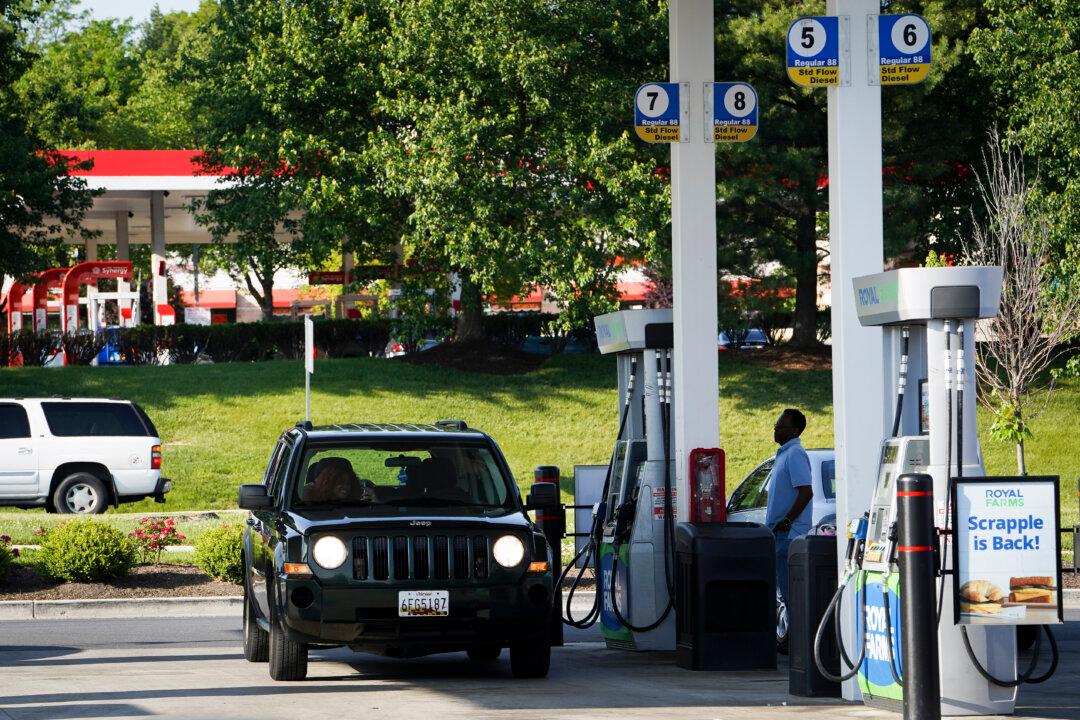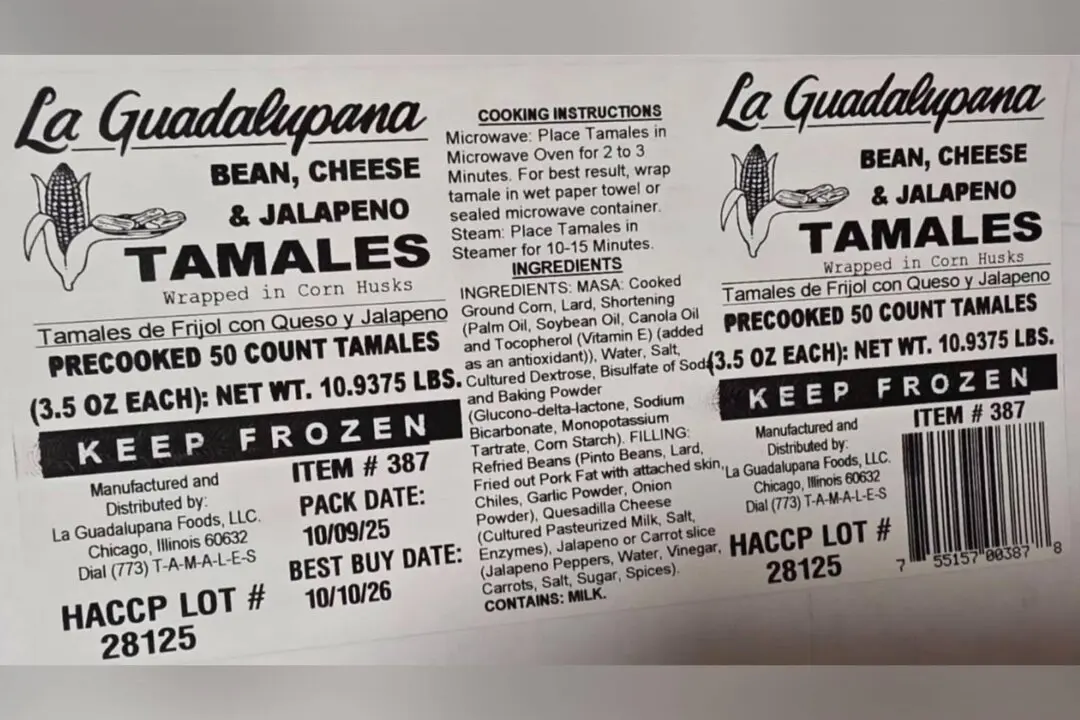Gas prices in the United States rose to their highest level in eight months late last week as global oil prices climbed, with California registering the highest prices at the pump.
Regular gas averaged $3.71 per gallon nationally on July 29, the highest since mid-November 2022, according to data from AAA. California saw the highest statewide price, at $4.98 per gallon, while average prices in six states topped $4. The lowest was in Mississippi, at $3.29.





